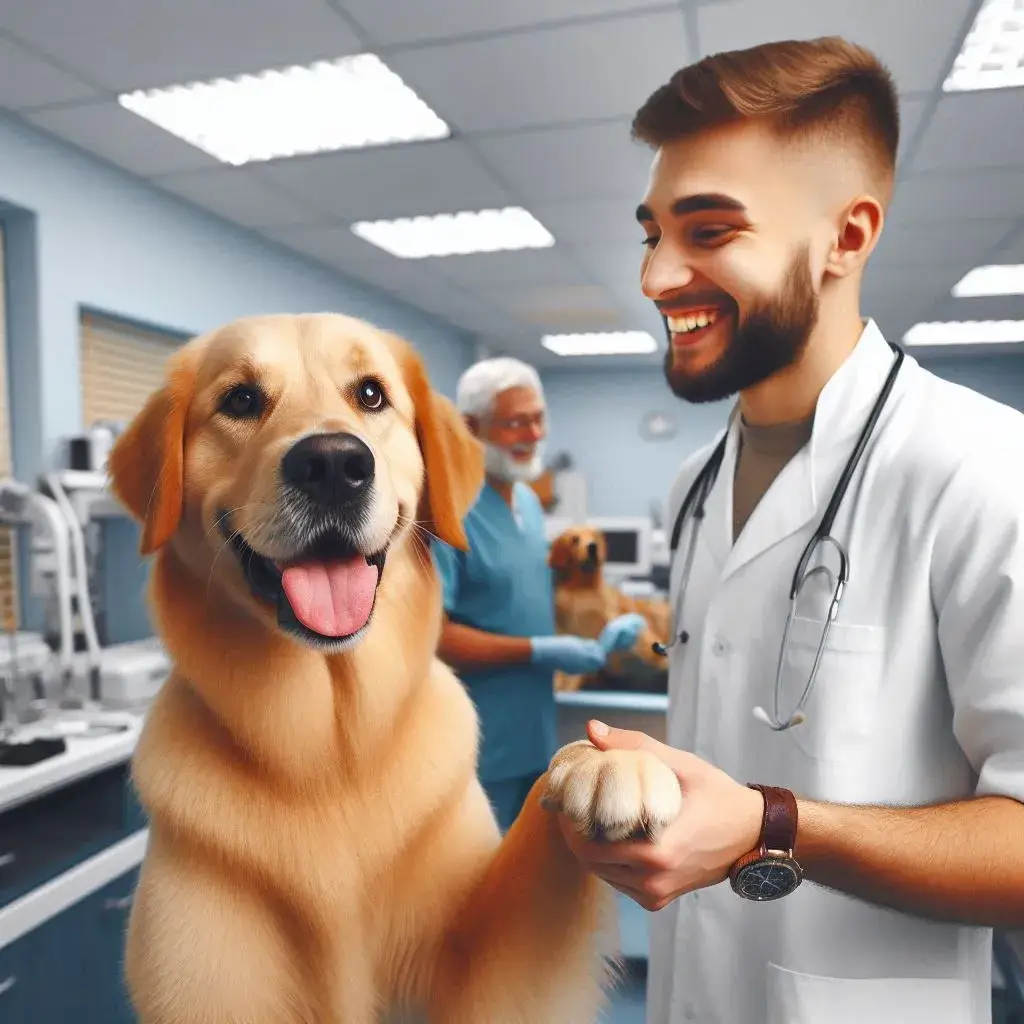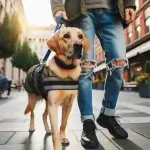Teaching your dog to shake hands is a fun and rewarding trick that strengthens the bond between you and your furry friend. Not only does it impress friends and family, but it also engages your dog mentally and reinforces obedience training. This comprehensive guide will walk you through the steps needed to successfully teach your dog this popular trick.
Understanding the Basics of Dog Training
Why Teaching Tricks Is Important
Teaching your dog tricks like shaking hands isn’t just about entertainment; it’s also about enhancing your dog’s mental stimulation, building their confidence, and improving overall obedience. Dogs love to learn, and teaching them new tricks is a great way to keep their minds active and engaged.
Benefits of Mental Stimulation
Mental stimulation is crucial for a dog’s well-being. When dogs are mentally engaged, they are less likely to develop behavioral problems such as excessive barking, chewing, or digging. Teaching tricks like shaking hands provides a constructive outlet for your dog’s energy and intelligence.
Positive Reinforcement: The Key to Success
Positive reinforcement is the most effective method for training dogs. This approach involves rewarding your dog with treats, praise, or toys when they perform the desired behavior. By associating the action with a positive outcome, your dog will be more motivated to repeat it.
Understanding Your Dog’s Motivation
Different dogs are motivated by different things. Some may respond better to treats, while others may prefer praise or a favorite toy. Identifying what motivates your dog will help you tailor the training process to be as effective as possible.
Preparing for the Training Session
Choosing the Right Environment
Before you start training, choose a quiet, distraction-free environment. This allows your dog to focus on learning without being sidetracked by other animals, noises, or activities. A calm and familiar setting is ideal for early training sessions.
Timing Your Training Sessions
Timing is crucial when training your dog. Short, frequent sessions are more effective than long, infrequent ones. Aim for sessions lasting 5-10 minutes, and repeat them several times a day. Always end on a positive note to keep your dog enthusiastic about learning.
Gathering the Necessary Tools
You don’t need much to teach your dog to shake hands, but having the right tools can make the process smoother. You’ll need a handful of small, tasty treats, a clicker if you’re using clicker training and plenty of patience.
Selecting the Right Treats
When choosing treats for training, opt for small, soft treats that your dog can eat quickly. High-value treats, like small pieces of chicken or cheese, can be particularly effective when teaching new tricks.
Step-by-Step Guide to Teaching Your Dog to Shake Hands
Step 1: Get Your Dog’s Attention
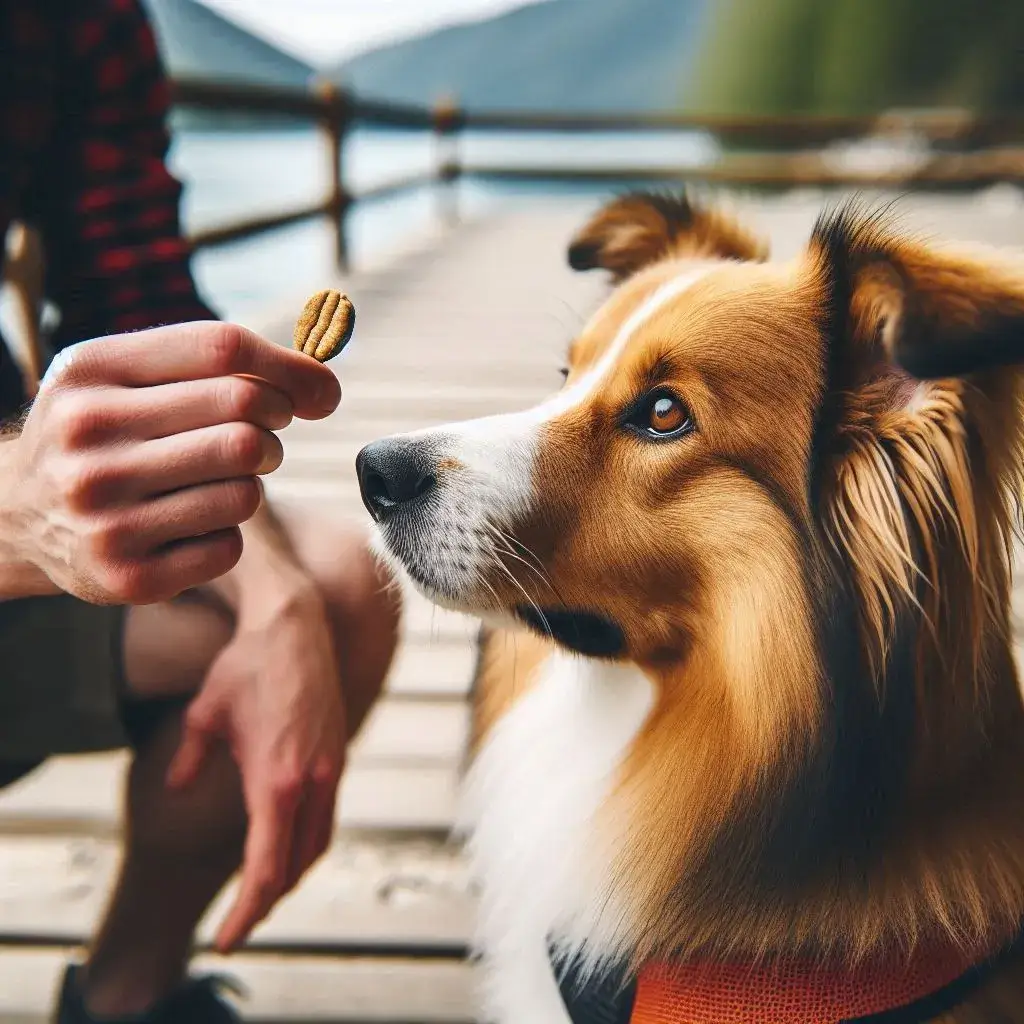
Start by getting your dog’s attention. Have them sit before you, as this is the most stable position for them to learn the shake hands trick. If your dog doesn’t know how to sit on command, it’s best to teach them this basic command first.
Teaching the Sit Command
To teach your dog to sit, hold a treat close to their nose and slowly move it upward. As their head follows the treat, their bottom will naturally lower to the ground. Once they are sitting, say “sit” and give them the treat, followed by praise.
Step 2: Introduce the Paw Lift
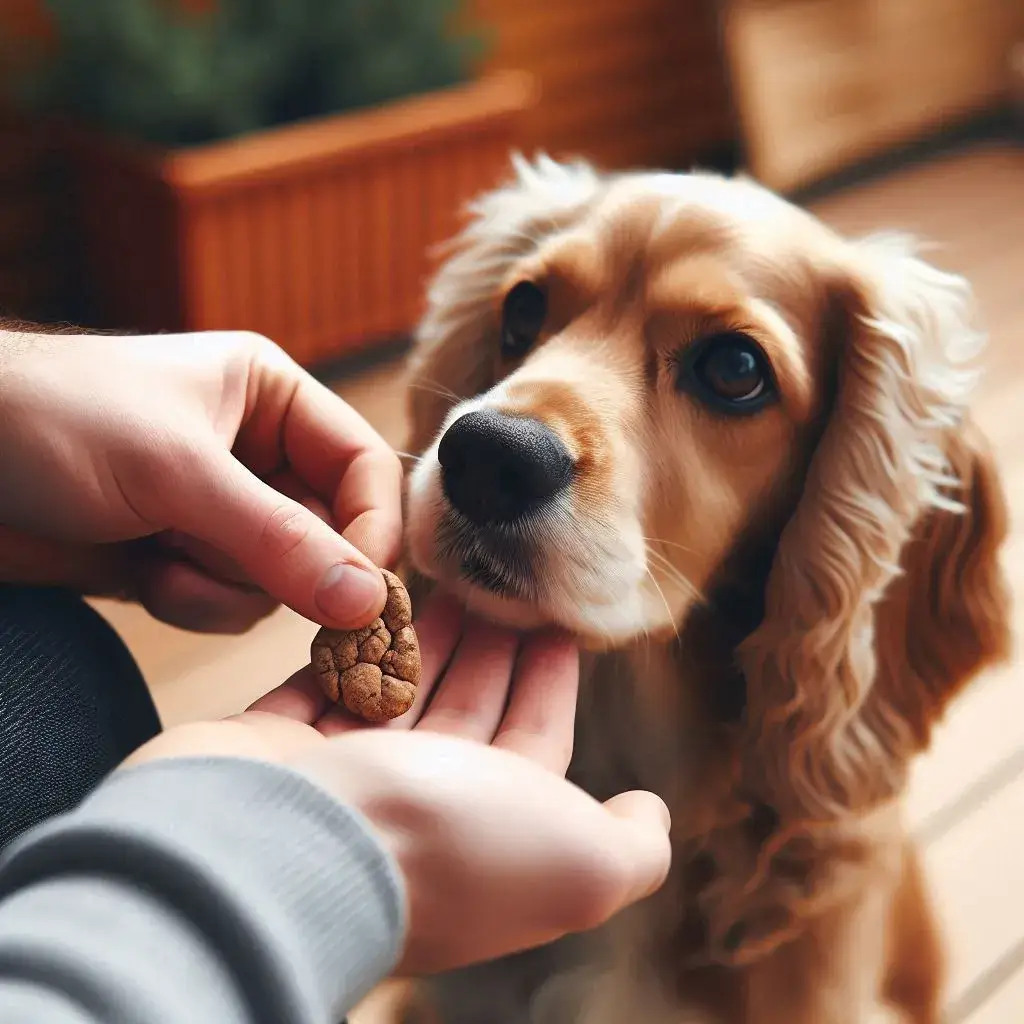
Once your dog is sitting and focused, hold a treat in your hand close to their nose, then slowly move your hand down toward their paw. Most dogs will naturally lift their paw to investigate the treat. When they do, gently take their paw in your hand and say “shake” or “paw.”
Marking the Behavior
If you’re using a clicker, click it as soon as your dog lifts their paw. If not, use verbal praise like “Good job!” and immediately reward them with the treat. This helps your dog understand that lifting their paw is the behavior you’re looking for.
Step 3: Reinforce the Action
Repeat the action several times, each time saying “shake” or “paw” as you lift their paw. Gradually, your dog will start lifting their paw on their own when they hear the command. Be patient and consistent, as some dogs may take longer to understand the connection between the command and the action.
Gradually Reduce Assistance
As your dog becomes more comfortable with the action, start reducing the amount of assistance you provide. Instead of lifting their paw, wait for them to lift it on their own in response to the command. Reward them each time they do it correctly.
Step 4: Practice and Generalize the Trick
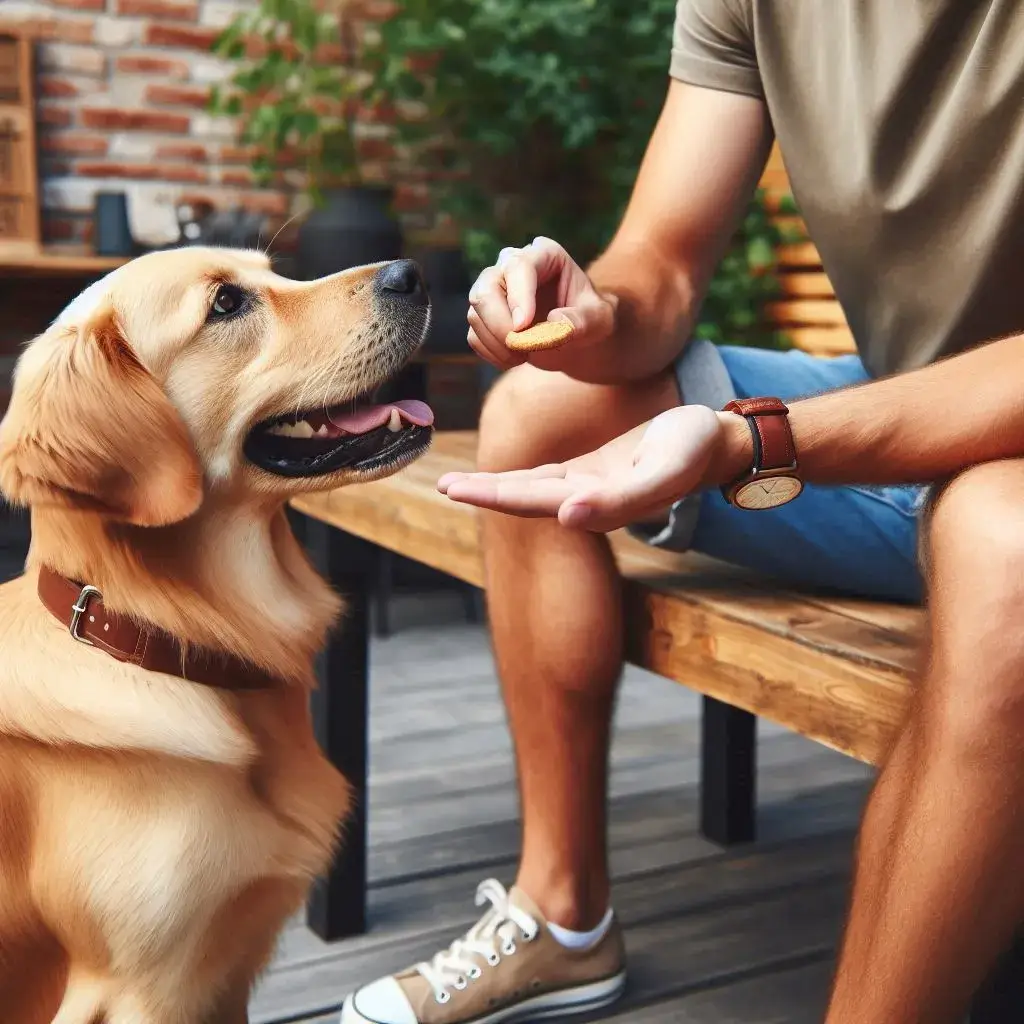
Practice the trick in different environments and with various distractions to help your dog generalize the behavior. This means they will learn to perform the trick reliably, no matter where they are or what’s going on around them.
Introducing New Environments
Once your dog has mastered the trick at home, try practicing in different locations, such as the backyard or a park. This helps reinforce the behavior and ensures your dog can perform the trick in a variety of settings.
Troubleshooting Common Challenges
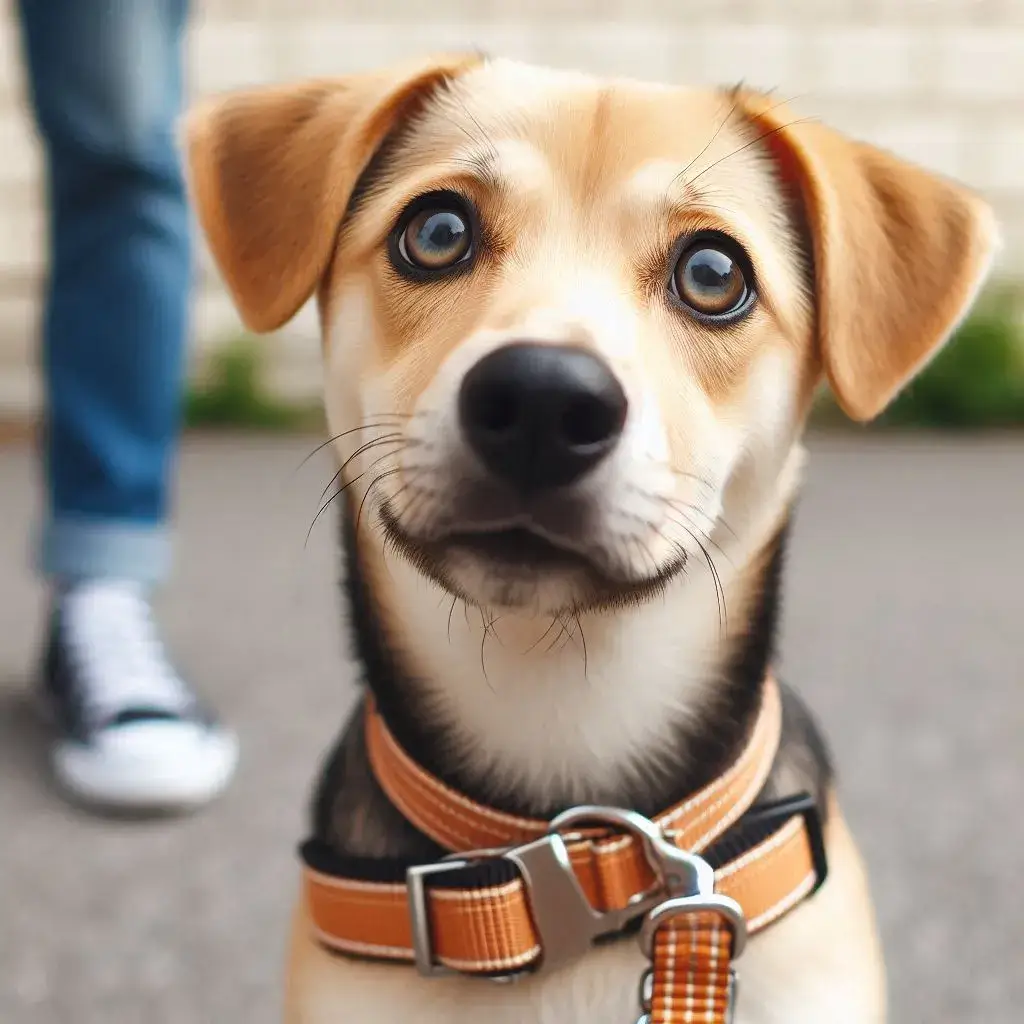
Dealing with Distraction
If your dog is easily distracted during training, try to minimize distractions by choosing a quieter location or using higher-value treats. Gradually introduce distractions as your dog becomes more confident in performing the trick.
Increasing Focus and Attention
To improve your dog’s focus, practice short sessions of basic commands like “sit” or “stay” before moving on to the shake hands trick. This can help your dog get into the right mindset for learning.
Overcoming Fear or Hesitation
Some dogs may be hesitant to offer their paw, especially if they are not used to having their feet touched. In this case, it’s important to be gentle and patient. Start by desensitizing them to having their paws handled.
Desensitization Techniques
Begin by gently touching your dog’s paw without lifting it. Reward them with a treat for staying calm. Gradually increase the amount of contact until your dog is comfortable with you lifting their paw. Then, proceed with the shake-hands training.
Avoiding Overtraining
Overtraining can lead to frustration or burnout for both you and your dog. If your dog seems to be losing interest or becoming frustrated, it’s time to take a break. Always end training sessions on a positive note, even if it means going back to a simpler command like “sit.”
Recognizing Signs of Fatigue
Signs that your dog is getting tired or frustrated include excessive yawning, scratching, or refusing to participate. If you notice these signs, end the session and try again later when your dog is more receptive.
Tips for Making Training Fun
Incorporating Play into Training
Training doesn’t have to be all work and no play. Incorporate short play sessions between training exercises to keep your dog engaged and excited. This can also serve as a reward for completing a command.
Using Toys as Rewards
If your dog is more motivated by toys than treats, use their favorite toy as a reward. After your dog successfully performs the shake hands trick, engage in a quick game of tug or fetch to reinforce the positive experience.
Involving Family Members
Involve other family members in the training process to help your dog learn to respond to the commands of different people. This also reinforces the trick and ensures consistency in training across all household members.
Consistent Commands and Cues
Make sure everyone in the household uses the same command and hand signal when teaching the shake hands trick. Inconsistencies can confuse your dog and slow down the learning process.
Advanced Training Variations
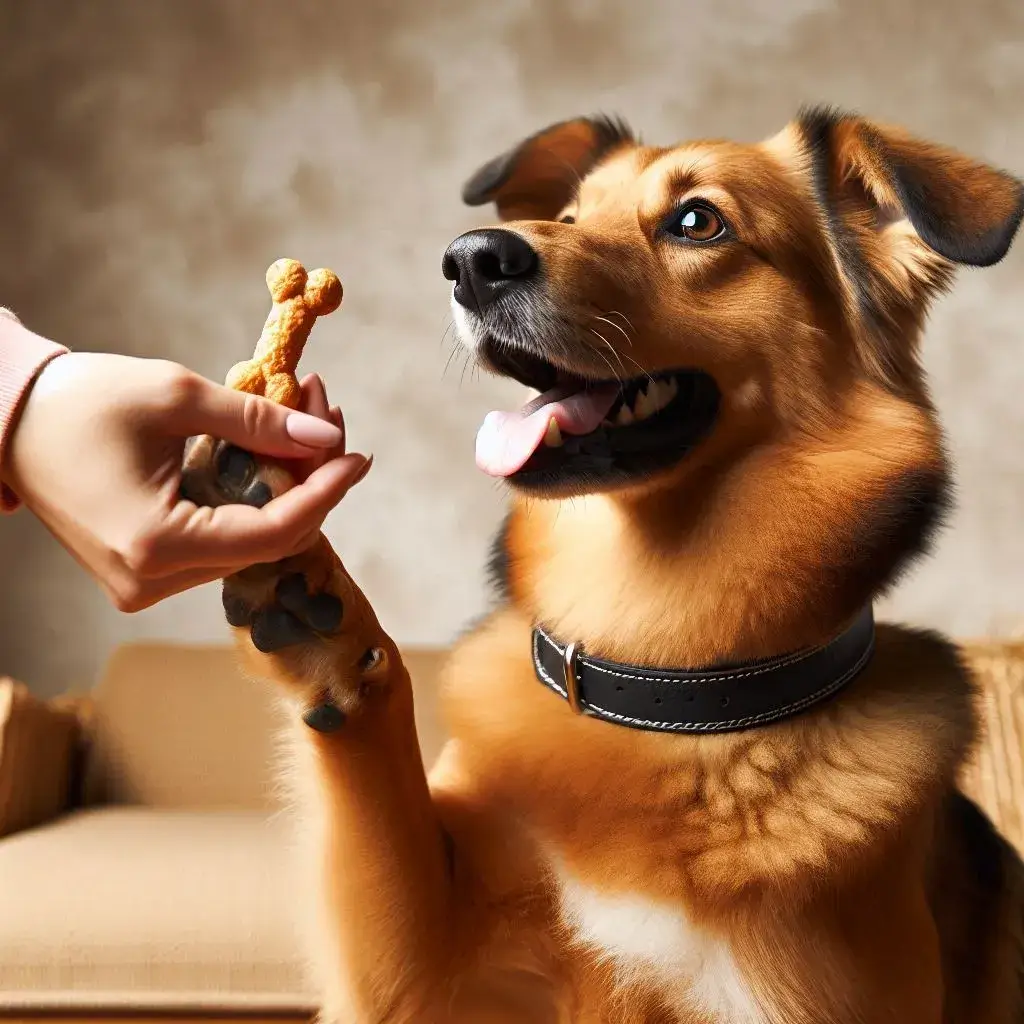
Adding a Verbal Cue Only
Once your dog reliably offers their paw on command, you can start adding more advanced variations, such as responding to a verbal cue without a hand gesture. Gradually phase out the hand signal and use only the verbal command.
Transitioning to Verbal-Only Commands
To transition to a verbal-only command, start by giving the verbal cue just before you use the hand signal. Over time, delay the hand signal until your dog responds to the verbal cue alone. Eventually, your dog will associate the verbal command with the action and no longer need the hand signal.
Teaching a Double Paw Shake
After mastering the shake with one paw, you can teach your dog to shake with both paws. Start by asking for a shake with one paw, then immediately follow up with the command for the other paw.
Commanding “Other Paw”
Use a different command, such as “other paw,” to signal your dog to lift their opposite paw. Follow the same steps as before, rewarding your dog each time they successfully offer the correct paw. This trick is a fun way to add variety to your dog’s repertoire of commands.
Maintaining the Behavior Over Time
Regular Practice
To keep the shake hands trick fresh in your dog’s mind, practice it regularly. Even after your dog has mastered the trick, occasional reinforcement will ensure they don’t forget it.
Short Refresher Sessions
Periodically hold short refresher sessions to practice the shake hands trick. This helps maintain the behavior and can be a fun way to engage with your dog during downtime.
Combining Tricks
Combining the shake-hands trick with other commands, such as “sit” or “down,” can create more complex and impressive routines. This not only keeps your dog mentally stimulated but also makes the trick more challenging and rewarding.
Building a Routine
Create a routine that combines multiple tricks, such as having your dog sit, shake hands, and then roll over. Practicing these routines can keep your dog sharp and make training sessions more engaging.
FAQs About Teaching Your Dog to Shake Hands
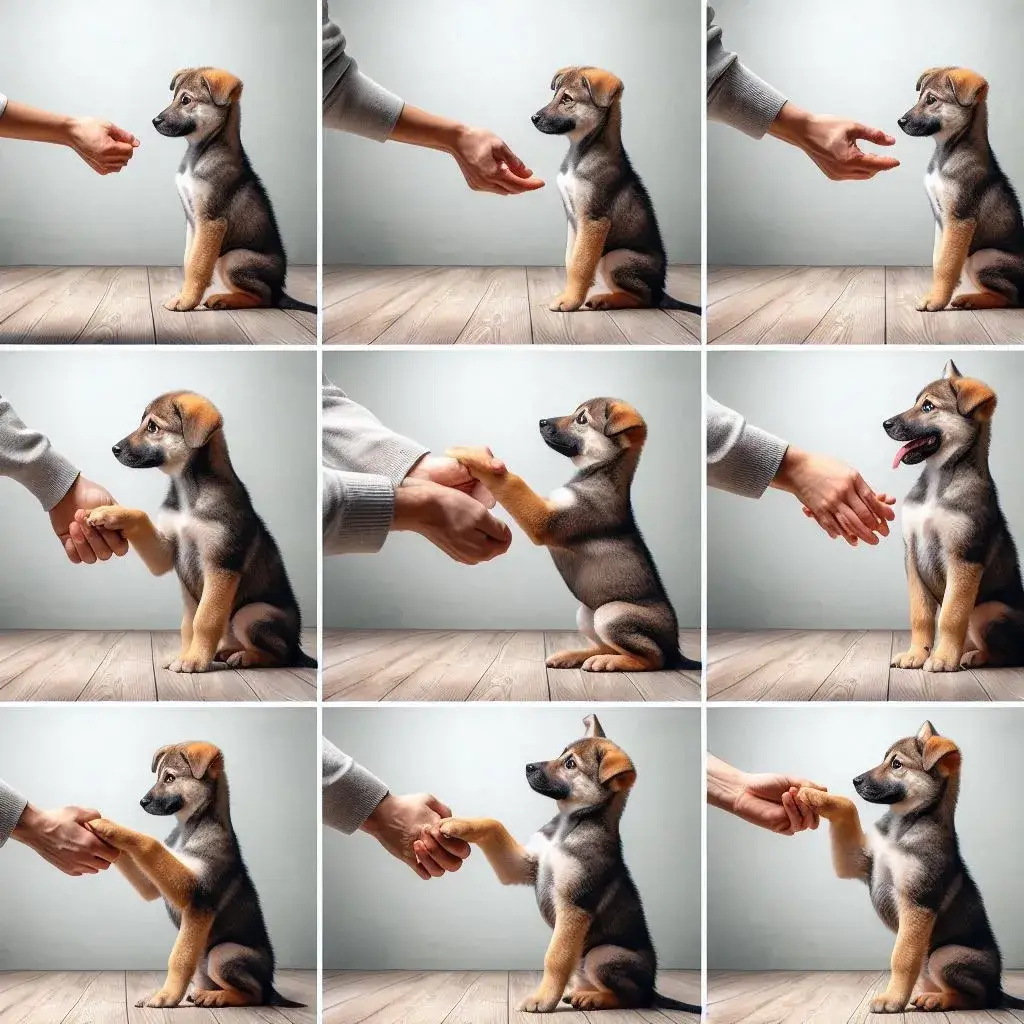
1. How long does it take to teach a dog to shake hands?
The time it takes to teach a dog to shake hands can vary depending on the dog’s age, breed, and temperament. On average, most dogs can learn the trick within a few days to a couple of weeks with consistent practice.
2. What if my dog doesn’t want to shake hands?
If your dog is reluctant to shake hands, try using higher-value treats or practicing in a less distracting environment. Ensure that your dog is comfortable with having their paws handled before progressing with the trick.
3. Can older dogs learn to shake hands?
Yes, older dogs can learn to shake hands. While puppies may pick up the trick more quickly, older dogs can still learn with patience and consistent training.
4. What should I do if my dog gets confused?
If your dog becomes confused during training, go back to basics. Reinforce simpler commands like “sit” before reintroducing the shake hands trick. Ensure that your commands and cues are clear and consistent.
5. Is it okay to use clicker training for this trick?
Yes, clicker training is a highly effective method for teaching tricks like shaking hands. The clicker provides a clear and immediate signal to your dog that they have performed the desired behavior correctly.
6. How often should I practice the shake hands trick?
Practice the shake hands trick in short sessions several times a day. Regular, brief sessions are more effective than infrequent, long ones. Consistency is key to reinforcing the behavior.
Teaching your dog to shake hands is a delightful and rewarding experience that enhances your relationship with your pet. By following the steps outlined in this guide, you can successfully teach your dog this popular trick while enjoying the training process together.
